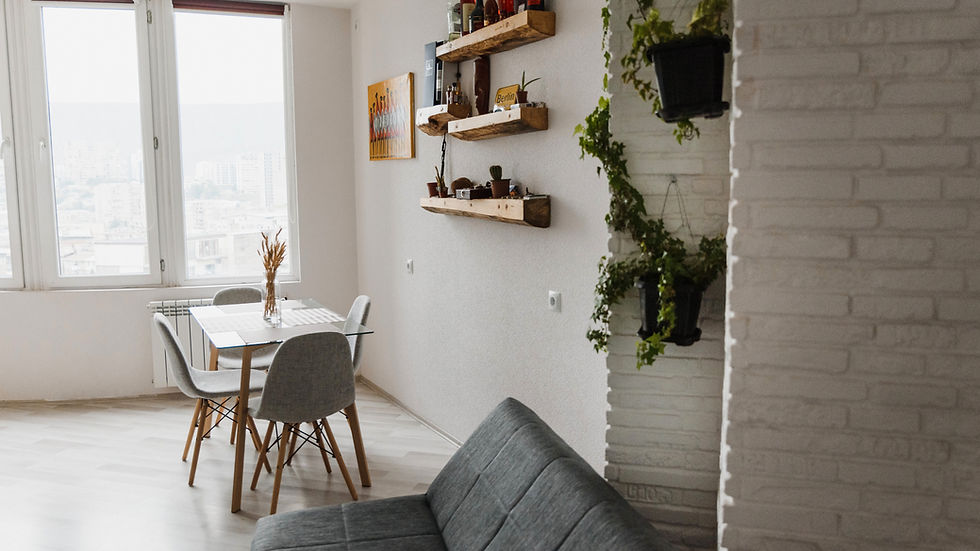Student Rentals in University Towns: High Risk, High Reward?
- Greenell Properties Capital

- Apr 24
- 2 min read
Student rentals have long been a go-to strategy for real estate investors looking to maximize cash flow in smaller markets. From Guelph to Kingston, Waterloo to London, Ontario is home to dozens of university and college towns where student demand fuels a competitive rental market.
But with high turnover, stricter regulations, and more wear-and-tear than your typical rental, student housing isn’t for the faint of heart. So is it a smart move—or just a headache waiting to happen? Let’s break down the pros, cons, and what you need to know before investing in student rentals.

The Upside: Why Student Rentals Attract Investors
1. Strong, Consistent Demand
In university towns, there’s a predictable flow of new renters each year. Students typically start looking for rentals months before the school year starts, ensuring that vacancies stay low. As long as the university remains active, the demand never disappears.
2. Higher Rent Potential
Unlike traditional rentals, student properties are often rented by the room. This per-bedroom strategy can lead to significantly higher total rent. For example, a 5-bedroom house might bring in $3,500–$4,000/month in rent—even in smaller markets—making the cash flow potential very appealing.
3. Minimal Vacancy (If Managed Well)
Students tend to rent for 8 to 12 months at a time, and with proper pre-leasing in the spring, landlords can line up tenants far in advance. With the right systems in place, turnover can become highly manageable.

The Downside: What Makes Student Rentals Risky
1. Higher Turnover
By nature, student rentals have a much higher turnover rate than traditional tenancies. Expect to be dealing with new leases, showings, and move-in/move-out coordination every year. This adds to your management workload and increases the chances of vacancy if not handled early.
2. More Wear and Tear
Let’s face it—students don’t always take the best care of their rental units. Common areas can get damaged, and cleanliness may be an issue. Expect more frequent maintenance and repair costs compared to a family rental.
3. Regulatory Hurdles
Some cities—especially university towns—have implemented strict bylaws around student rentals, including zoning restrictions, rental licensing, and occupancy limits. In areas like London and Waterloo, for example, you'll need to follow specific rental licensing requirements, or risk fines.
Tips for Student Rental Success
Choose the Right Location: Walking distance to campus or public transit is critical.
Screen Tenants Carefully: Require co-signers and guarantors from parents.
Furnish Strategically: Offering furnished units can boost rent and reduce tenant setup.
Hire a Property Manager: A local manager familiar with student rentals can save you time and headaches.
Stay Ahead of Maintenance: Schedule regular check-ins and enforce lease agreements.

Final Thoughts
Student rentals aren’t passive—but they can be incredibly profitable when executed properly. If you’re an investor comfortable with more hands-on management and turnover, university towns can provide strong cash flow, low vacancy, and long-term appreciation.
As always, do your research on local bylaws, tenant rules, and neighborhood dynamics. At Greenell Capital, we believe that higher returns often come with higher responsibility—and student housing is a prime example of that balance.




Comments